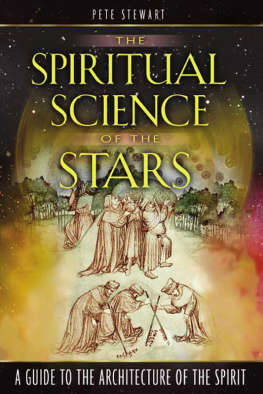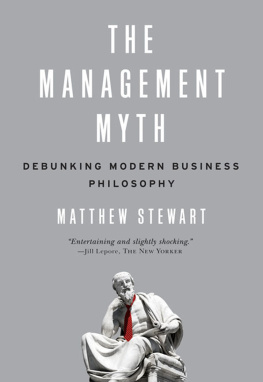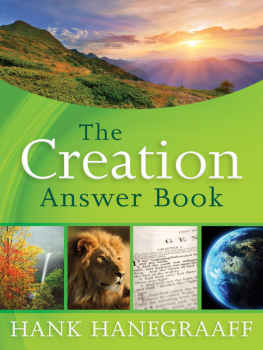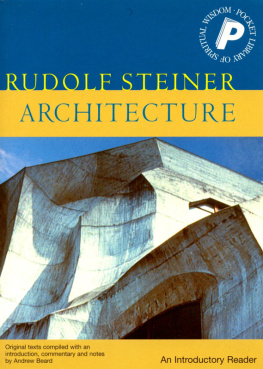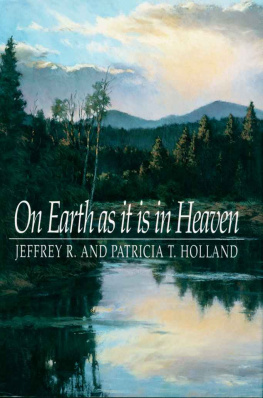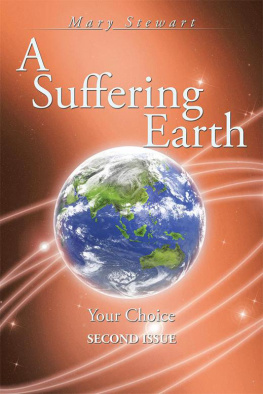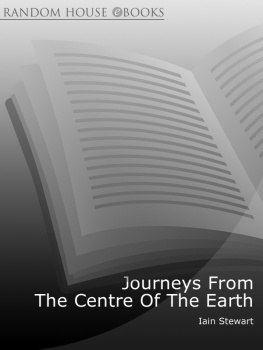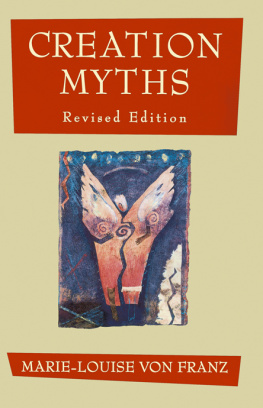THE
SPIRITUAL
SCIENCE
OF THE
STARS
A GUIDE TO THE ARCHITECTURE OF THE SPIRIT
PETE STEWART

Inner Traditions
Rochester, Vermont
For Joel and Leo
ACKNOWLEDGMENTS
This work has been in progress in some form or another for more than thirty years. During that time, far too many people to acknowledge here have enjoyed or endured peacefully my obsessions and fancies. For their varying degrees of bewilderment, tolerance, and support, I am grateful. In seeing the final emergence of the book, I have to thank Richard Heath for the original introduction to Skyglobe software, without which much of the work could not have been done; Gordon Strachan, who first encouraged me to believe that the work was worthwhile; and Anthony Blake, who reminded me of that when I was in danger of forgetting it.
My biggest debt, however, remains to the late Hertha von Dechend and Giorgio de Santillana, whose book Hamlets Mill first inspired me. If anything of lasting value lodges in these pages, it is due to their courage in expounding within academic circles ideas so radical that they could meet only with dismissal, such being the way of academia. I owe a similar debt to William Sullivan, whose work The Secret of the Incas arrived at a point where I had allowed myself to believe that academia was right and that such ideas were of little worth. His application of detailed scholarship to a much misunderstood topic was then, and remains still, a revelation. Working within areas such as this, which seem to challenge everything we think we know about our history and our sense of meaning, frequently leads to debilitating self-doubt; I have returned at frequent intervals to both these texts for reassurance that there is something here that can be transforming.
Research work in these areas necessitates access to wide-ranging sources. When I began in the 1970s, I was helped immensely by the extensive collection of obscure works donated by some earlier obsessive to the reference department of Sheffield City Library; it seems unlikely that the same staff helped me when I revisited these sources recently, but my belated thanks to them all wherever they are. In recent years the Internet has made such work a very different process; of the numerous sites I have found valuable, that at www.sacred-texts.com deserves special mention. It is, as it says on the home page, A quiet place in cyberspace... Open Source for the Human Soul.
CONTENTS


LIST OF ILLUSTRATIONS
Except where noted, all drawings and diagrams are the work of the author.
.
The Coils of Time. Vishnu asleep on the coils of the serpent Sesa. Detail from Atha Naradiyamahapuranam (Naradas Great Ancient Tale), Mumbayyam, India: Sri Venkatesvara Stim-Yantragare, 1923.
Izanami and Izanagi Stirring the Ocean of Chaos. Detail from Tominobu Hosoda, Kamiyo no masagoto tokiwagusa (Mythological Story of the Creation of Japan), Kyoto, 1827.
).
The Divided Sky
The Royal Surveyors. Detail from a stone engraving in the tomb of the U family in the province of Shangtung, China, second century CE.
The Frame of Time
The River of Heaven
The Ideal Creation
Saturn the Measurer
The Great Cat, Re, destroying the serpent Apep. From the Egyptian Book of the Dead, the papyrus of Hu-nefer.
The Broken Mountain. Detail from a depiction of the death of Buddha. Adapted from Giorgio de Santillana and Hertha von Dechend, Hamlets Mill.
Lifting the Heavens. Detail from the Greenfield Papyrus.
The Wheel of Transcendent Reality
Midnight, spring equinox, 4320 BCE
The Galaxy and the Pole in 4320 BCE
Midnight in the Garden of Eden, spring equinox, 17,280 BCE
The Raised-up-Sky, spring equinox, 17,280 BCE
The Fallen Tree, spring equinox, 15,120 BCE
The Boar Raises the Universe from the Waters. Atha Srimadvarahamahapuranam (Varhas Great Ancient Tale), Kalyananagaryam: Laksmivenkatesvara Mudranalaye, 1923.
The Celestial Pole; midnight, spring equinox, 17,280 BCE
The Celestial Pole; midnight, spring equinox, 10,800 BCE
The Celestial Pole; midnight, spring equinox, 4320 BCE
The Celestial Pole; midnight, spring equinox, 2160 CE
A schematic layout of a shipan, or cosmograph. Adapted from Michael Loewe, Ways to Paradise.
Diagram of layout of TVL mirror. Adapted from Michael Loewe, Ways to Paradise.
Sun-Father Fertilizes the World. Detail from a petroglyph on the Rock of N, a sacred site of Colombias Barasana Indians. (After a photograph by G. Reichel-Dolmatoff.)
The Churning of the Milky Ocean. Adapted from Giorgio de Santillana and Hertha von Dechend, Hamlets Mill.
The Weapon of Shiva. Statue of Lord Shiva at Indira Gandhi International Airport, Delhi. Photo: Deepak Gupta, 2005.
).
The Hall of the Double Truth. Detail from the Papyrus of Ani.
Introduction
MAKING SENSE
In the beginning of things, there was a time when thesky was not very high up above the heads of men. It was no higher than the top of the tent in which they lived. Then it was easy for people to communicate with the celestial deities through the opening left in the top of the tent. But according to certain legends, one day a woman complained that smoke had got into the tent unnecessarily and this angered the spirits, who then sent a giant tolift the sky and raise it to its present height. From thenon men found it necessary to have sorcerers to intercede between themselves and the celestial deities.
THE ORIGINAL STORY
The story of how heaven and Earth came to be divided, of how people were separated from their gods and set out on their journey through time, must be one of the most fundamental of all stories. The version at the head of this chapter is from the Samoyed Yuraks of the far north of Europe. In the West, we are perhaps more likely to be familiar with the version from classical Greece in which Kronos cuts apart his parents, Sky and Earth (Ouranos and Gaia), putting an end to their primordial embrace. But these are only two of the multitude of ways of telling a story that is known in some form or other almost everywhere in the world.
Sometimes the story has the air of a folktale, as in the version from several continents that tells how the women, pounding grain with their pestles, banged against the body of Heaven, angering him and causing him to raise himself above the Earth,
At other times the story is cloaked in all the awesome mystery of the most ancient scriptures, as in the Hindu hymn to Varuna, the creator and guardian of the sacred law, who is said to have propped apart the two world-halves even though they are so vast. He has pushed away the dome of the sky to make it high and wide.
To judge by both its variety and its universality, this is clearly a story that has had profound importance for tellers and listeners alike. The ideas it expresses seem to have played a major role in determining human attitudes for thousands of years. In the region of Central America occupied by the Mayan people, to this day an annual ceremony is reenacted wherein the two priests and their wives, having previously set out the four foundation stones of the earth-sky, rise with great precision from their seats at the four corners; they are said to be lifting the sky.
The essence of our original story is this: the world that was created in the beginning was one of timeless accord, characterized by a unique and harmonious relationship between heaven and earth, when gods and men communed. Adversity of any kindwhether war, sickness, or deathwas unknown. As the result of some misdemeanor on
Next page
